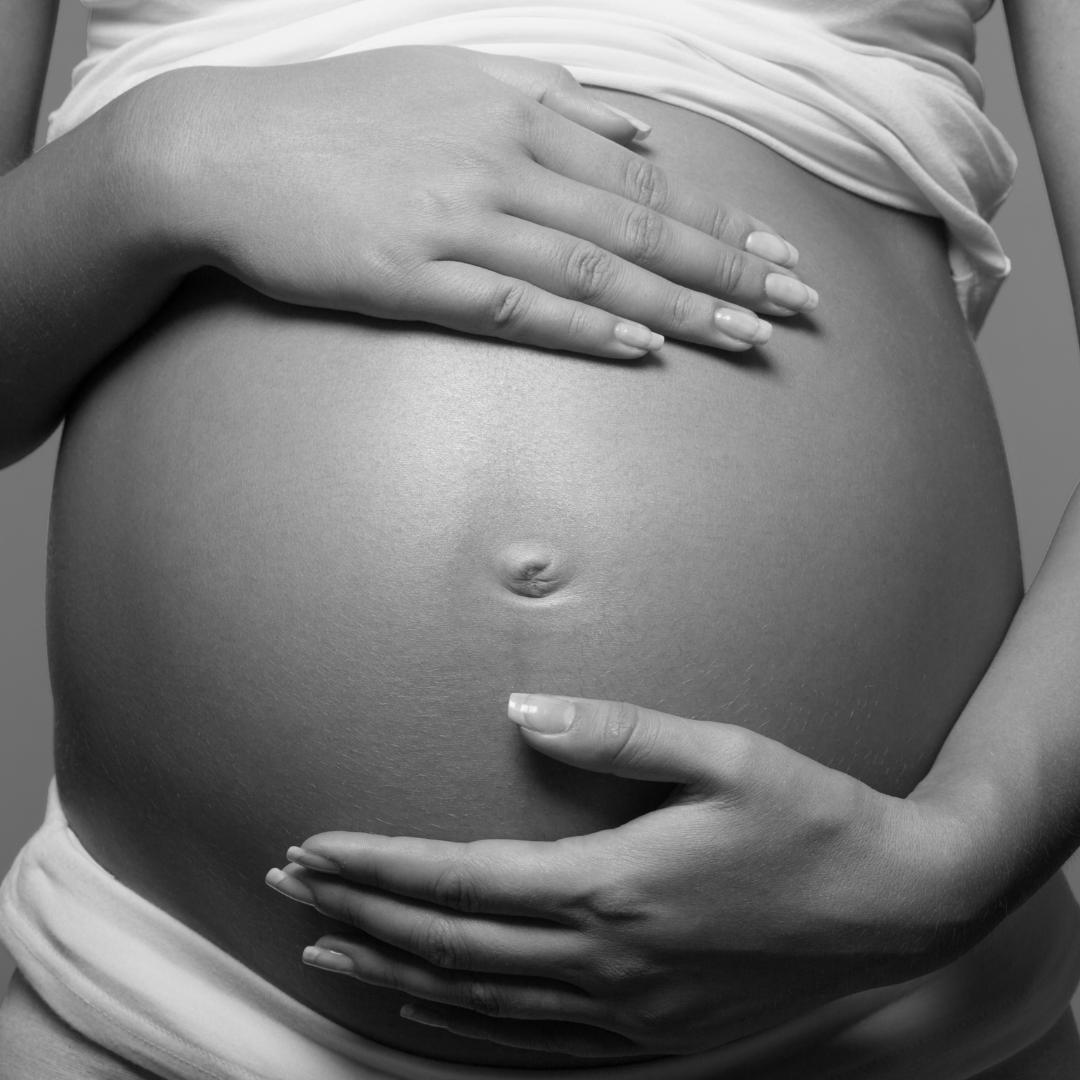Preparing for a Caesarian Delivery

Bringing a new life into the world is a special experience, but sometimes a cesarean delivery, or c-section, is necessary. A c-section is a surgical procedure that involves making an incision in the abdomen and uterus to deliver the baby. While it can be a safe and necessary procedure, it requires some preparation and planning. In this post, we'll go over how to prepare for a c-section, tips for recovery, and what to pack in your hospital bag if you are having a planned c-section.
Preparing for a C-Section
- Learn about the procedure: It's essential to understand what a c-section entails and what to expect during and after the surgery. Talk to your doctor, read up on the procedure, and ask any questions you may have.
- Plan for recovery: A c-section is major surgery and requires more recovery time than a vaginal birth. Plan for someone to help you with household chores, meal preparation, and caring for your baby during your recovery period.
- Follow your doctor's instructions: Your doctor will give you specific instructions on how to prepare for your c-section. Follow their instructions carefully and ask questions if you're unsure about anything.
- Pack your hospital bag: Packing your hospital bag beforehand can help ease your stress and ensure that you have everything you need during your hospital stay.
What to Pack in Your Hospital Bag
- Comfortable clothing: Pack loose and comfortable clothing that's easy to put on and take off, such as nightgowns or loose-fitting shirts and pants. Avoid tight or restrictive clothing that could irritate your incision site.
- Personal care items: Pack your favourite toiletries, such as toothbrush and toothpaste, shampoo and conditioner, deodorant, and a hairbrush or comb.
- Breastfeeding supplies: If you plan to breastfeed, pack a nursing pillow, breast pads, and a nursing bra. If you plan to pump, bring your breast pump and accessories.
- Entertainment: Bring books, magazines, or a tablet to keep you occupied during your hospital stay.
- Baby supplies: Pack clothes, blankets, and nappies for your baby. You may also want to bring baby wipes and a burp cloth. Don't forget Bifikalm which can be used from birth and is especially recommended for babies born by Caesarean section who won't have been exposed to friendly bacteria from the mother's birth canal.
- Snacks: Pack some snacks and drinks to keep you nourished during your hospital stay. Choose healthy snacks such as fruits, nuts, and protein bars.
Tips for Recovery
- Take it easy: Rest is crucial after a c-section, so take it easy and avoid strenuous activity for at least six weeks. Walking short distances when you're ready can help improve circulation and speed up the healing process.
- Manage pain: Your doctor will prescribe pain medication to help manage post-surgery pain. Take the medication as directed and talk to your doctor if you're experiencing any side effects.
- Care for your incision: Keep your incision clean and dry. You can shower once your doctor gives you the green light, but avoid soaking in a bath or swimming until you've healed completely.
- Eat well: A healthy diet can help speed up the healing process. Eat a balanced diet with plenty of protein, fruits, and vegetables to promote healing.
- Ask for help: Don't be afraid to ask for help from family and friends. They can help with household chores, meal preparation, and caring for your baby while you rest and recover.



